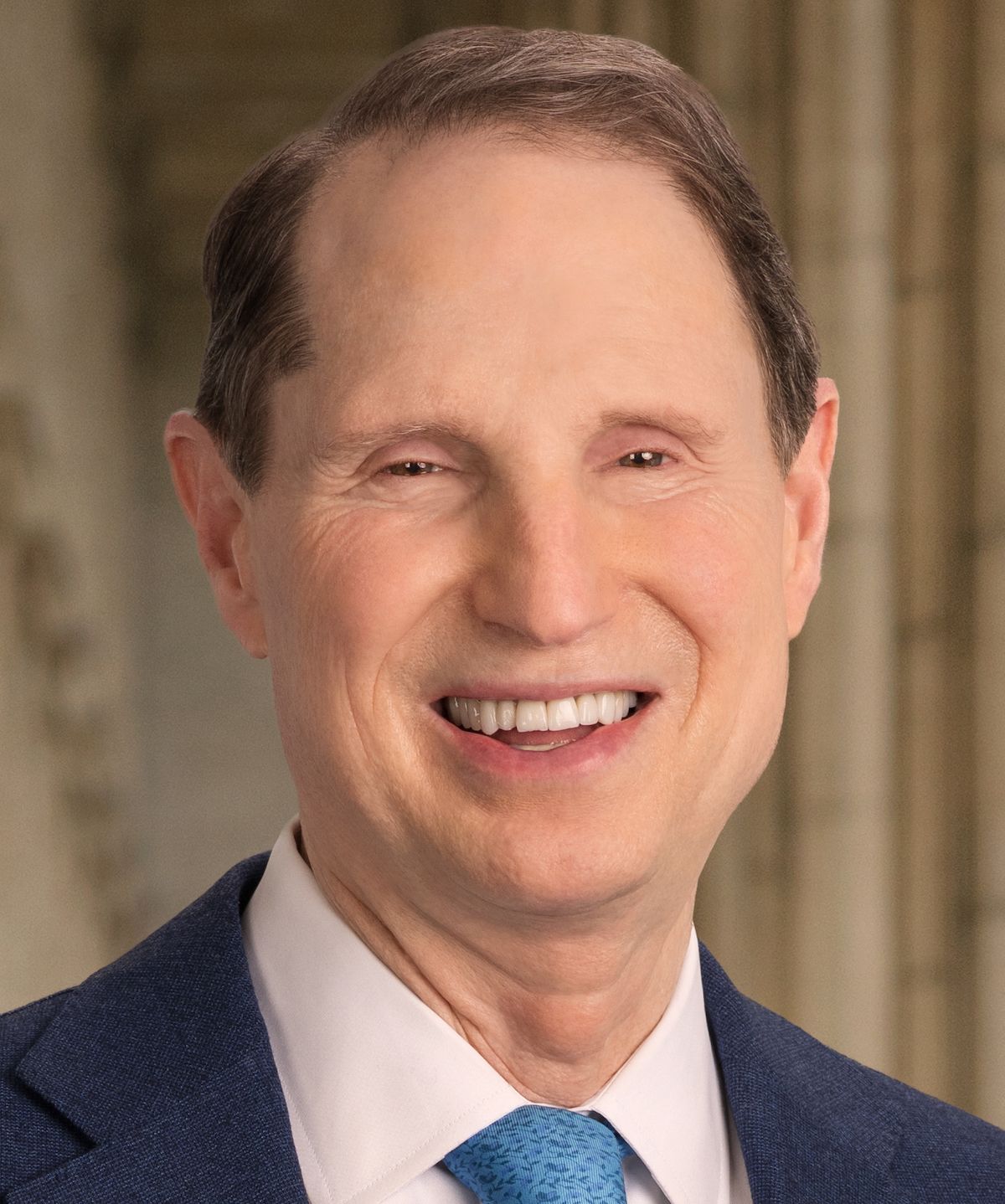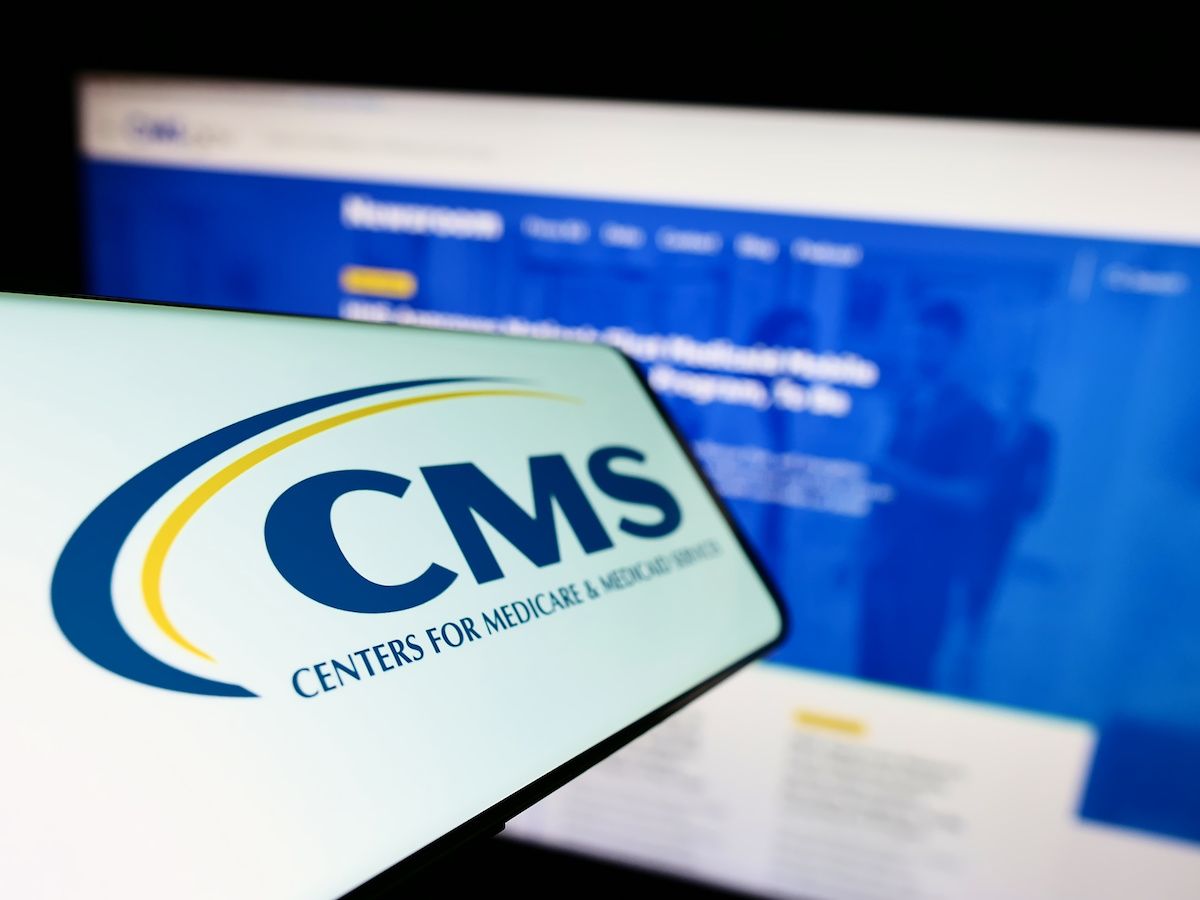Article
As patient payments rise, so must payment options
Author(s):
The increase in patient payment responsibility calls for changes in how and when fees are collected, a 2-year study shows. Can you meet patient demands and improve collections?
You and your colleagues must rely more heavily on payments from patients now that the payers’ role in the $2.7 trillion healthcare payments market is decreasing, according to new study results from InstaMed’s Trends in Healthcare Payments Annual Report: 2011. But healthcare providers wrote off an estimated $65 billion in bad patient debt in 2010, meaning changes to the way fees are collected from patients must be developed if this model is to be successful, the study finds
With health insurance premiums increasing at a rate of 7.1% annually, more employers are switching to lower-cost plans with higher deductibles. As patient payment responsibility increases, physicians and other providers will have to develop more efficient ways to collect payments, perhaps moving toward the electronic models already in use by payers, according to InstaMed.
Payers are implementing more efficient payment delivery systems as part of federal healthcare reforms mandated by the Patient Protection and Affordable Care Act-increasing electronic payments to 68% by 2011 from 51% in 2009. And considering that patients are increasingly paying other household bills online, InstaMed’s study indicates more providers must look to move online, too.
More than 90% of patients surveyed say they received paper bills from providers, whereas fewer than half say they normally pay other household bills by traditional mail. Only 5% of patients say they are making healthcare payments online, but 70% say they are interested in doing so.
Patient payment responsibility is increasing at a rate of 5% to 6% each year, the study says, with patients responsible for about one-fourth of allowed charges. Payer payments cover the other three-fourths. Patient participation in payment plans increased by 100% over the same period, the study notes.
Most providers surveyed say they received some payments electronically from patients in 2011, but most payers report that less than half of their provider networks accepted electronic fund transfer, or EFT, payments that year. Sixty-seven percent of payers say electronic remittance advice, or ERA, submissions were accepted by fewer than half of their provider networks. For providers who did not accept electronic payments in 2011, 48% of payers report that it was because providers didn’t have the tools or technology to do so, and 43% say the providers preferred paper payments.
The number of providers who had a process for collecting point-of-service payments from patients rose to 82% in 2011 up 3% from the prior year. Still, one-third of patients said they didn’t know their payment responsibility before leaving the doctor’s office.
Collecting payment from patients after service can present additional problems, according to the study, with the majority of providers saying it took more than a month to collect payment from a patient. Patients don’t deny it, either-nearly half of those surveyed admitted to paying their healthcare bills weeks or months after receiving them.
InstaMed’s data were collected from a sample of 2,000 payers, 200 patients, and more than 10,000 healthcare providers nationwide between 2009 and 2011.
Go back to current issue of eConsult
Related Content
Your peers are taking on payment reform-will you?
AMA issues new how-to guide for payment models
Payment models offer preview of future for primary care





